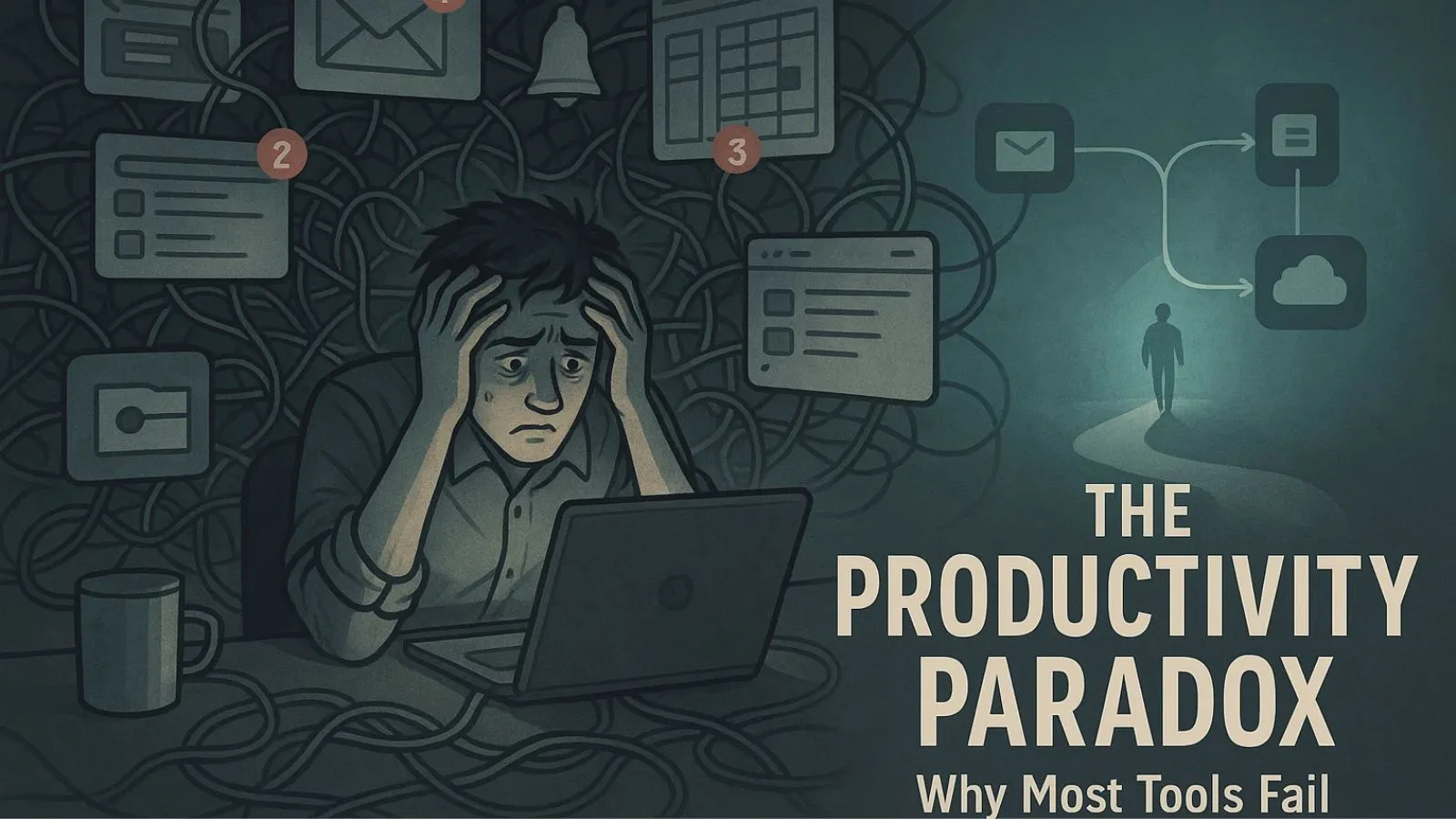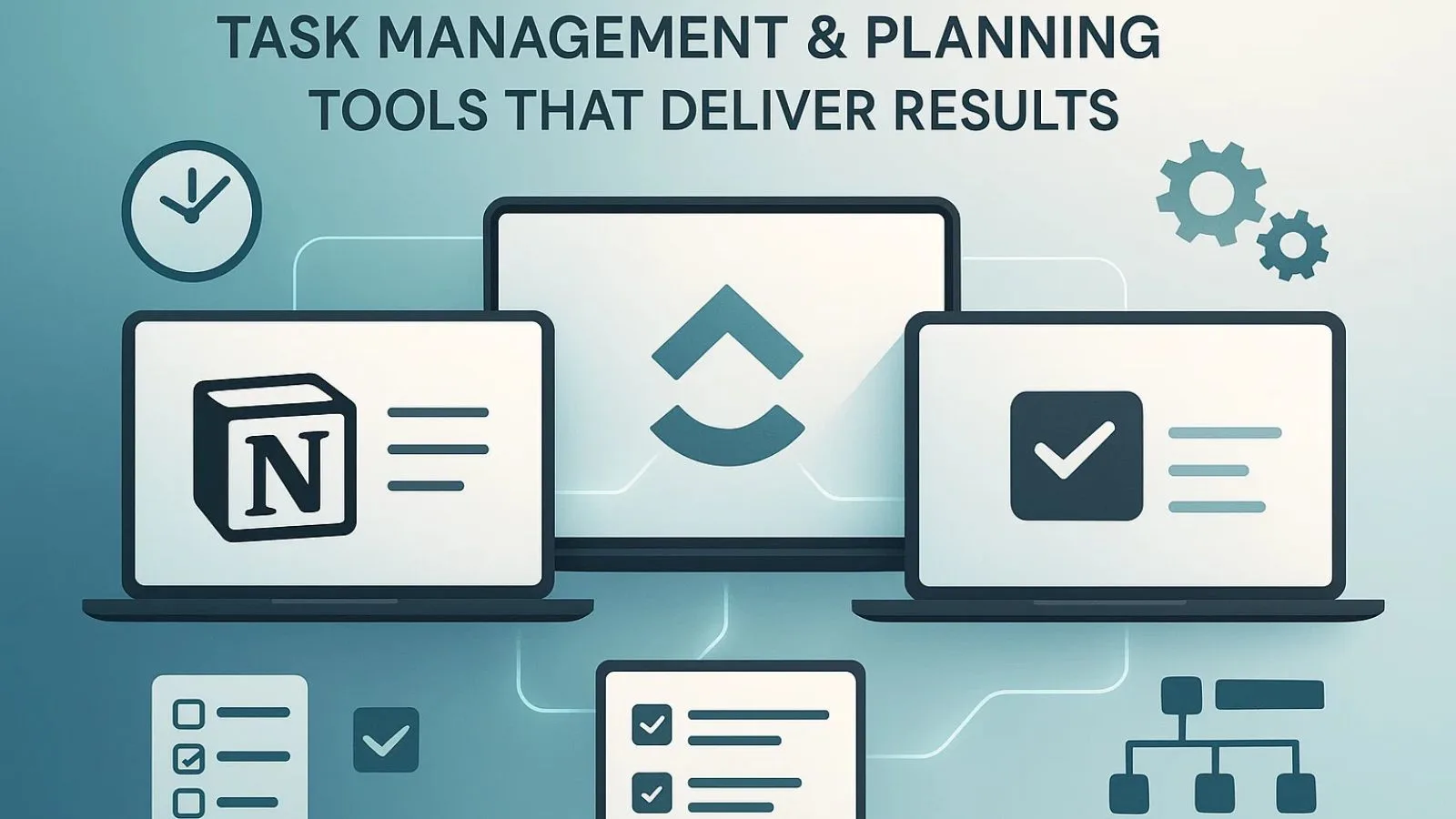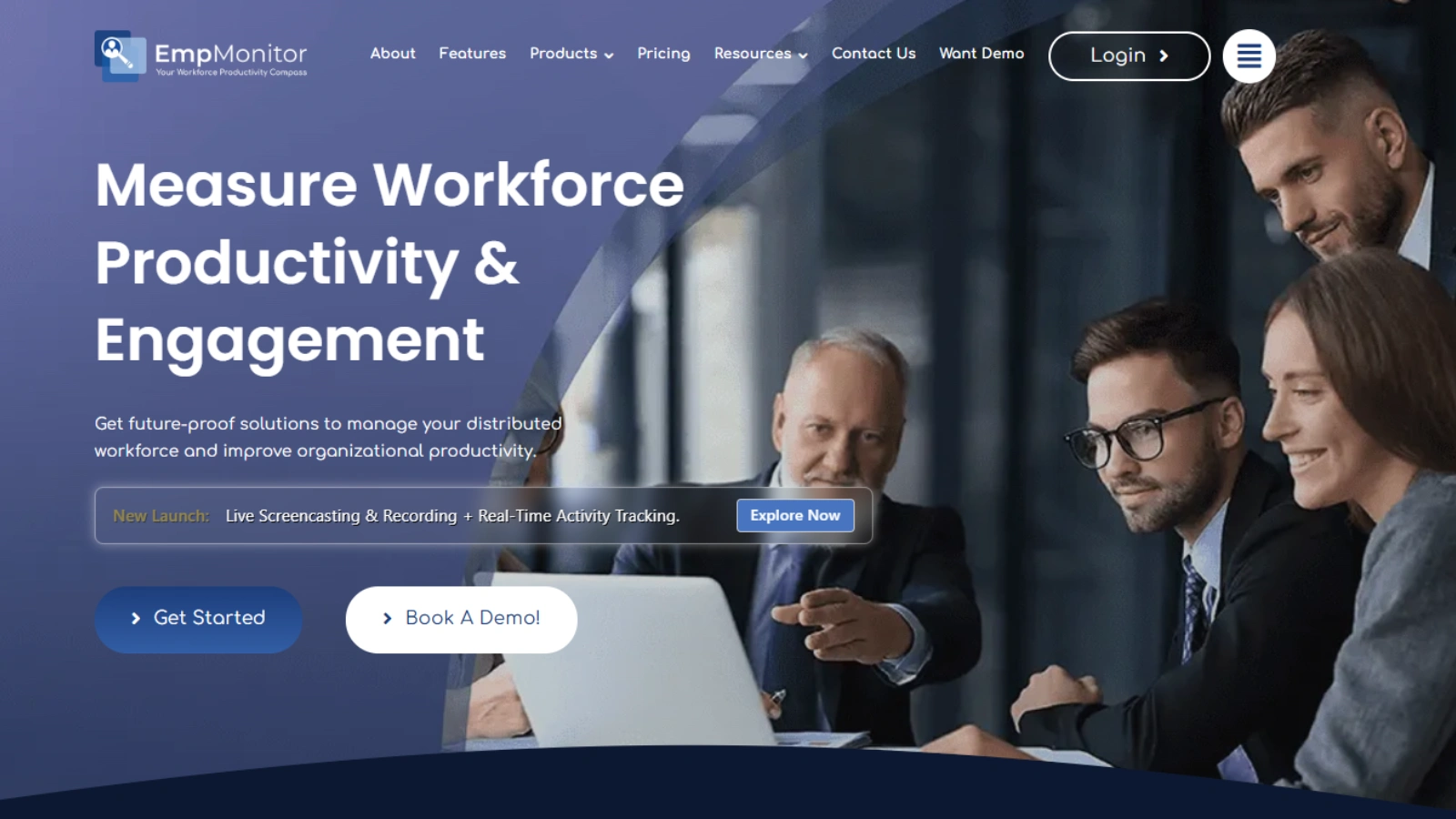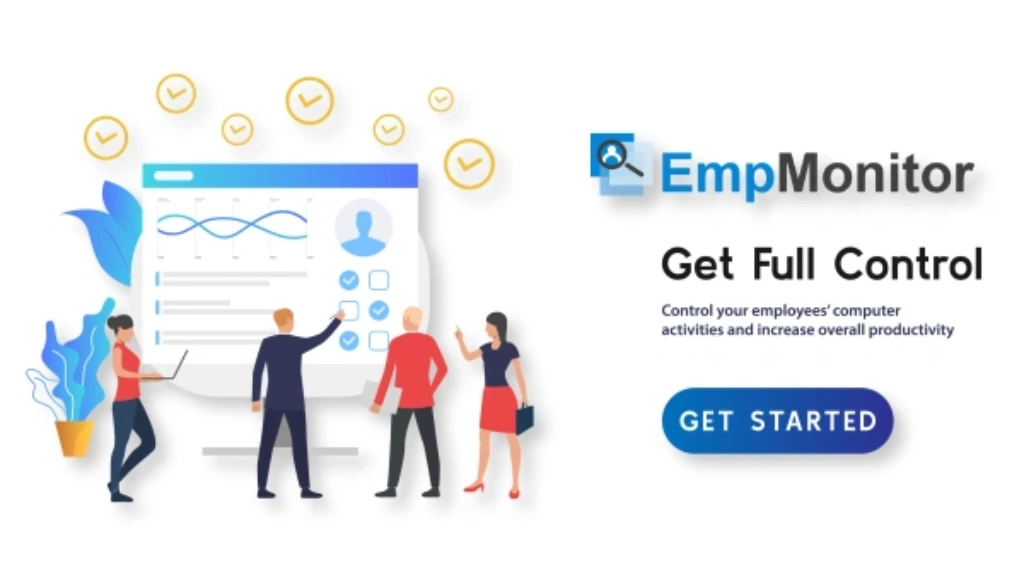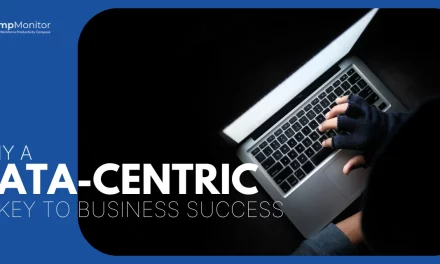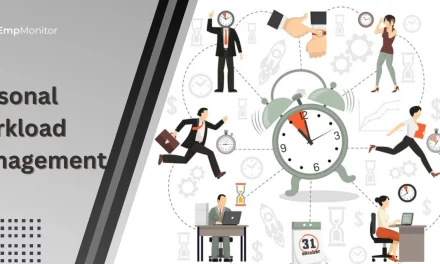We’re drowning in productivity tools, yet most of us still feel like we’re running in circles all day.
You know that frustrating feeling when you’ve got a dozen apps promising to make your life easier, but somehow you’re spending more time managing the tools than actually getting work done?
Here’s the reality: the average person wastes about 2.5 hours every single day just because their systems don’t work together.
Email here, project updates there, files scattered across three different platforms. Sound familiar?
I’ve been there too. After years of trying every shiny new productivity tools that promised to be “the one,”
I finally figured out what works. The secret isn’t having more tools—it’s having the right ones that talk to each other and save you real time.
In this guide, I’m sharing the exact tools and strategies that have helped thousands of professionals genuinely double their productivity.
No fluff, no complicated setups that take weeks to figure out. Just practical solutions that you can implement today and see results by next week.
Ready to stop feeling busy and start being productive?
Listen Podcast Now:
The Productivity Paradox: Why Most Tools Fail:
Picture this: your team downloads the latest project management app, spends hours setting it up, only to abandon it within weeks.
You’re not alone. Research shows that 70% of digital transformation initiatives fail to deliver expected results, and the same applies to productivity tools adoption.
The harsh reality is that most teams are drowning in a sea of applications.
The average employee toggles between 9.4 different apps daily, wasting precious mental energy on context switching rather than meaningful work.
This phenomenon, known as “app fatigue,” actually decreases productivity by 21% according to recent workplace studies.
So why do productivity tools fail so spectacularly? The biggest culprit is implementation without strategy.
Companies rush to adopt new software without addressing underlying workflow issues.
It’s like putting a Band-Aid on a broken system; the fundamental problems remain untouched.
Another major pitfall is the “shiny object syndrome.”
Teams get excited about flashy features but ignore whether the tool solves their specific pain points. Expensive software subscriptions are collecting digital dust.
The most successful organizations take a different approach.
They start by identifying bottlenecks, then carefully select tools that integrate seamlessly with existing processes.
They prioritize adoption training and measure actual outcomes, not just usage metrics.
Remember: technology should simplify your workflow, not complicate it.
Task Management & Planning Tools That Deliver Results:
The foundation of any efficient workflow lies in how you organize and track your tasks.
While countless apps promise to revolutionize your planning process, only a few truly deliver measurable results.
Among them, the EmpMonitor Project Management feature stands out as a complete project and task management solution that not only organizes your workflow but also optimizes team productivity.
EmpMonitor combines task tracking, project planning, and team monitoring into a single, intuitive platform.
Its smart task management system allows you to assign, track, and prioritize tasks effortlessly, while detailed progress reports give a clear picture of each team member’s contributions.
Unlike other tools, EmpMonitor goes beyond simple task lists; it tracks real-time productivity tools patterns, highlights bottlenecks, and even provides actionable insights to enhance efficiency.
Teams using EmpMonitor report significant time savings, with automation and reporting features reducing manual follow-ups and unnecessary meetings.
Other tools, like Notion and ClickUp, also offer robust task management features.
Notion allows for versatile project organization using notes, databases, and pre-built templates, which can save teams a few hours weekly.
ClickUp provides advanced automation and custom workflows that help streamline project updates.
However, EmpMonitor’s combination of task management, productivity tracking, and actionable analytics makes it a superior choice for organizations aiming to double output without overcomplicating processes.
For individuals and small teams, EmpMonitor’s intelligent prioritization and real-time monitoring can save 1-2 hours daily, turning consistent small time gains into major boosts in productivity over the long term.
Communication & Collaboration Powerhouses:
Ineffective communication kills productivity tools faster than any other workplace challenge.
The average employee spends 23% of their day managing emails, while remote teams lose an additional 67 minutes daily to communication gaps.
The right productivity tools can transform this chaos into streamlined collaboration that moves projects forward.
Slack: The Team Communication Game-Changer
Slack eliminates the email avalanche that buries most teams.
By organizing conversations into channels, teams save 2-3 hours daily that would otherwise be lost in email chains.
The real magic happens with Slack’s 2,000+ integrations.
You can receive notifications from project management apps, calendar updates, and even customer support tickets directly in your workflow.
Advanced features like workflow automation let you create custom processes, such as automatically notifying team members when tasks are completed.
Microsoft Teams: Enterprise-Grade Collaboration
For organizations already using Office 365, Teams delivers seamless integration that saves 4+ hours weekly.
The platform combines video calling, file sharing, and real-time document collaboration in one interface.
Teams excels in regulated industries where security matters, built-in compliance features, and enterprise-grade encryption protect sensitive communications without sacrificing functionality.
Loom: Async Video That Works
Loom revolutionizes remote communication by replacing lengthy meetings with quick video explanations.
Instead of scheduling a 30-minute call to explain a concept, record a 5-minute Loom video.
Teams report saving 30+ minutes per meeting through asynchronous updates, code reviews, and training materials, making it one of the most effective productivity tools for modern teams.
The platform’s automatic transcription and video editing features make it effortless to create professional communications that team members can view on their schedule.
Each tool addresses specific communication pain points while integrating smoothly into existing workflows.
Best Productivity Apps for 2025: Automation & Workflow Tools:
The automation revolution is here, and smart businesses are leveraging these powerful apps to eliminate repetitive tasks and streamline workflows.
These cutting-edge solutions represent the future of workplace efficiency.
1. EmpMonitor: Efficient Field Force & Team Management
EmpMonitor is a robust solution designed to manage remote and field teams efficiently.
It helps track employee activity, monitor productivity, and automate reporting, all from a single platform.
By providing real-time insights into workflows, EmpMonitor can save managers over 10 hours per month by reducing manual supervision and ensuring tasks are completed on time.
Features like attendance tracking, project management dashboards, and automated alerts make it easier to streamline operations and keep teams focused on high-priority tasks.
2. IFTTT: Simple Yet Powerful Automation
IFTTT (If This Then That) excels at creating simple, trigger-based automations that save 2-3 hours weekly.
Perfect for connecting personal and professional workflows, it can automatically save email attachments to cloud storage, sync calendar events across platforms, or post social media updates when you publish new content. Its strength lies in simplicity; creating automations takes just minutes.
3. Calendly: Scheduling Made Effortless
Say goodbye to endless back-and-forth emails about meeting times.
Calendly eliminates 5+ hours of weekly scheduling hassles by letting clients book appointments directly from your personalized booking page.
Advanced features include buffer times between meetings, automatic time zone detection, and integration with video conferencing tools.
More time for meaningful work instead of administrative tasks.
These productivity tools represent the gold standard for 2025, delivering measurable time savings while reducing human error and increasing team satisfaction.
Developer Productivity Tools: Code Smarter, Not Harder:
Modern software development demands efficiency at every level.
The right developer productivity tools can transform how teams build, test, and deploy applications, turning complex workflows into streamlined processes that save hours of manual work daily.
GitHub Copilot leads the AI revolution in coding assistance.
This intelligent pair programmer suggests entire functions and code blocks as you type, reducing development time by 30-40%.
Beyond simple autocomplete, Copilot understands context and generates meaningful code suggestions across dozens of programming languages.
Teams report faster feature delivery and fewer syntax errors when integrating this tool into their workflow.
Postman revolutionizes API development and testing workflows. Instead of manually crafting HTTP requests, developers can build comprehensive test suites that run automatically.
This saves 4-5 hours weekly on API testing alone. The collaborative features allow entire teams to share API collections and maintain consistent testing standards across projects.
Docker eliminates the notorious “it works on my machine” problem through containerization.
By packaging applications with their dependencies, Docker ensures consistent environments from development to production.
Development teams save 2-3 hours daily by avoiding environment-related debugging sessions. The platform also accelerates deployment pipelines and improves scalability.
Smart developers know that productivity tools aren’t just about individual efficiency; they’re about building systems that scale with growing teams and complex codebases.
Team Productivity Tools: Making Every Minute Count:
Individual productivity is important, but the real gains happen when a team operates like a well-oiled machine.
The key is not just using tools, it’s creating systems that help your team work smarter, faster, and together.
1. Centralized Workflows for Maximum Efficiency:
Scattered processes cost time. Team Productivity tools that centralize tasks, files, and communication prevent wasted effort.
When everyone knows where to find updates, deadlines, and resources, your team can focus on producing results instead of tracking down information.
2. Smart Prioritization Across Teams:
It’s easy to get caught up in busywork. Modern productivity tools now help teams identify the highest-impact tasks automatically.
By highlighting priorities, flagging potential bottlenecks, and suggesting task dependencies, teams spend less time wondering what to do next and more time completing meaningful work.
3. Seamless Collaboration Without Interruptions:
Collaboration doesn’t have to mean endless meetings or chat notifications.
Tools that enable asynchronous updates, shared dashboards, and real-time feedback help keep everyone aligned while minimizing interruptions.
This lets team members focus deeply while staying in sync with colleagues.
4. Data-Driven Decisions for Smarter Teams:
The best team productivity solutions track performance in real time. Managers can see where time is spent, which processes slow things down, and which strategies drive results.
Armed with these insights, teams continuously optimize their workflow, making every project faster and more efficient.
5. The Big Picture:
When team productivity tools are used strategically, the outcome is clear: fewer wasted hours, better alignment, and measurable improvements in output.
Smart teams don’t just work harder, they work smarter, turning every minute into progress toward bigger goals.
Also Read:
How To Boost Productivity Using Time Management Tools?
9 Tools to Boost Team Productivity and Efficiency
EmpMonitor: The Complete Team Productivity Solution:
Managing remote teams and tracking actual productivity has never been more challenging.
While basic productivity tools help organize tasks, they don’t provide visibility into how your team spends their work hours.
This is where EmpMonitor transforms your approach to team management.
What Makes EmpMonitor Different?
Unlike traditional monitoring software, EmpMonitor offers comprehensive insights without being intrusive.
The platform tracks real-time activity, application usage, and project time allocation, giving managers the data they need to make informed decisions.
Your team gets clear productivity metrics, while you gain visibility into workflow bottlenecks and time drains.
Key Features That Drive Results:
-
Automated time tracking with detailed activity logs
-
Screenshot monitoring for accountability (customizable intervals)
-
Application and website usage analytics
-
Project-based time allocation and billing integration
-
Comprehensive productivity reports and team dashboards
-
Seamless integration with popular productivity tools for streamlined workflows
-
Customizable alerts and notifications to prevent time leaks
-
Cloud-based data access with secure storage for remote teams
Real Impact on Your Bottom Line:
Companies using EmpMonitor typically see a 25-30% productivity increase within the first month.
The platform eliminates guesswork around resource allocation and helps identify your most efficient workflows.
Remote teams especially benefit from the transparency and accountability features.
Getting Started:
EmpMonitor offers a 15-day free trial with no setup fees.
Pricing starts at just $2.50 per user monthly, making it accessible for growing businesses. Implementation takes under 30 minutes, and the intuitive dashboard requires minimal training.
Ready to transform your team’s productivity with EmpMonitor?
Conclusion:
The productivity tools covered in this guide aren’t just software; they’re your pathway to reclaiming hours of wasted time daily.
From task management powerhouses like ClickUp to automation game-changers like Zapier, each tool offers measurable time savings that compound over weeks and months.
Start small with 2-3 tools that address your biggest pain points. Implement gradually, train your team properly, and measure results consistently.
Remember, the goal isn’t to use every available app, but to find the right combination that genuinely doubles your output.
Your productivity transformation starts with the first tool you choose today.
FAQ’s:
Q1: How many productivity apps should I use at once?
Stick to 3-5 core apps maximum. Using too many creates tool fatigue and reduces efficiency. Focus on one app per major function: task management, communication, and automation.
Q2: What’s the typical ROI timeline for new tools?
Most teams see measurable improvements within 2-4 weeks of consistent use. The key is proper setup and team training from day one.
Q3: Should I start with free or paid versions?
Begin with free trials to test compatibility with your workflow. Upgrade when you hit feature limitations or need advanced integrations.
Q4: How do I get my team on board with new apps?
Address specific pain points they’re experiencing. Provide hands-on training and implement changes gradually rather than overnight switches.
Q5: What’s the biggest mistake when adopting productivity tools?
Trying to digitize broken processes instead of optimizing workflows first. Fix your system, then enhance it with technology.


